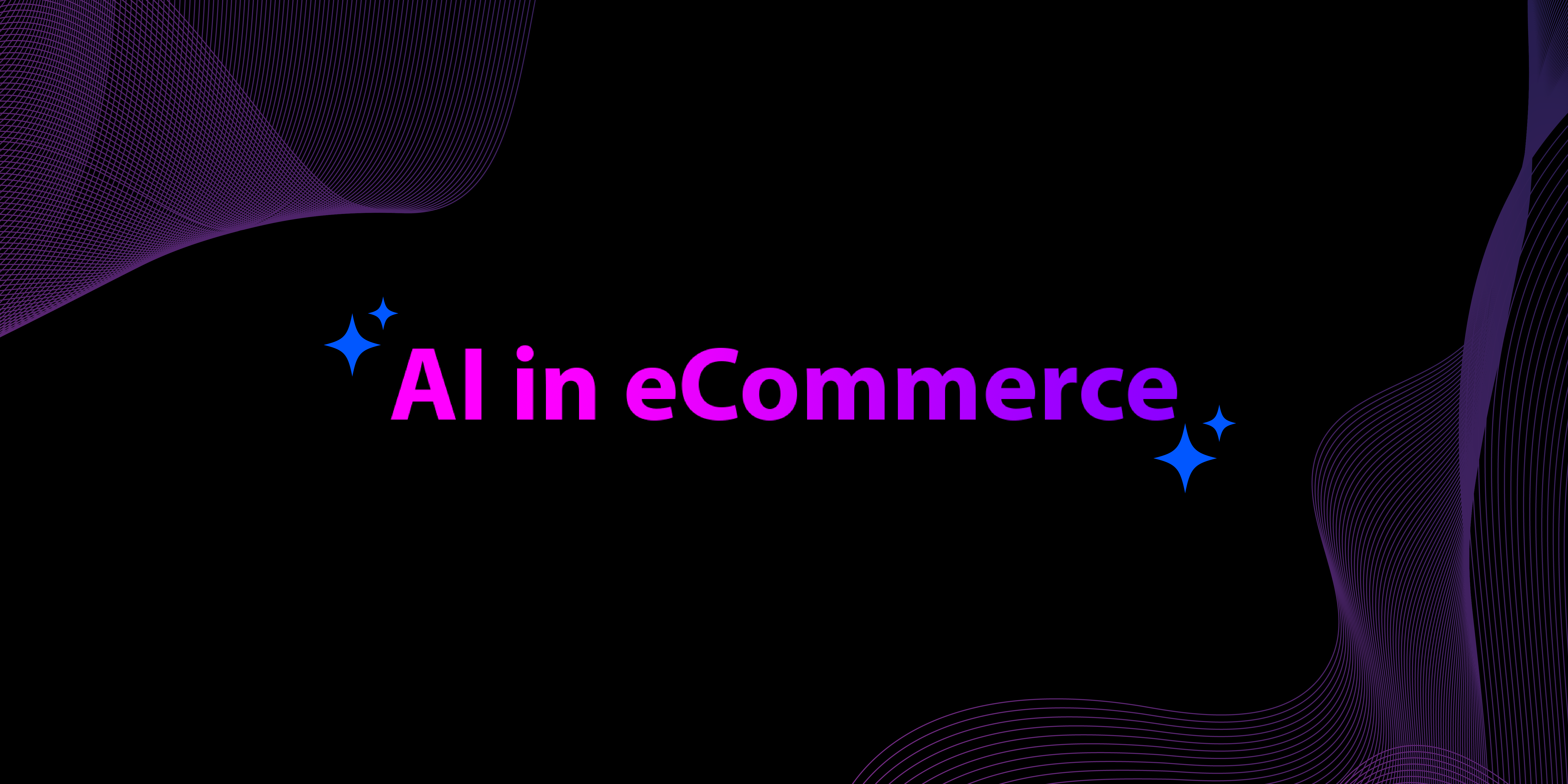
If you own an e-commerce store, your primary way of selling items is via product pages. You can do many things to improve your customer experience (CX) and get a higher conversion rate.
One way small businesses on a budget can compete with bigger players is by using free online tools for e-commerce owners. Once you ramp up your profits, you can always invest in more powerful platforms and advertising mediums. For now, you need to get your products in front of those who want them.
If you just follow what other companies do for their product pages, you may fall flat, though. Each type of business is unique. You must find what works for your audience and seek to improve and bring in the latest technology.
There are some common pitfalls new business owners encounter. Here are some of the top ones and what you can do to avoid errors.
It’s easy to want to put so much information on the page that the user has zero questions about your product. The problem with this approach is that it can cause confusion.
People like to skim through content and get the information quickly. If your page isn’t scannable, you’ve already lost a big portion of your browsers. They will bounce away to another site.
Instead, think about the key points you need to share to introduce the product. How can you say it faster and with fewer words? Use subheadings and bullet points to make the page scannable.
You should have a nice balance between positive and negative space on your page. If there isn’t enough openness around content and images, you’re packing in too much stuff.

Brooklinen does an excellent job of balancing the elements on the page without creating unneeded objects. It uses beautiful images to showcase most of the detailing on its products.
Notice how the description is a short paragraph. It’s narrowed down the details to only what the user needs to know to make a buying decision. It also lets reviews speak for the company.
How familiar are you with some of the new technologies available to online stores? Did you know that many companies have their own apps where the user can plug in a piece of furniture or small appliance and see how it looks in their home?
Think about what you sell and how your user might benefit from an augmented reality (AR) app. Is it worth it for you to pay for the development of customization features? Consider what your core audience needs and why they come to you for a solution. How can you make their choices simpler?
You also should keep in mind that more people have smart speakers in their homes. Is your website ready for voice search technology? How well does the wording on your page interact with Alexa or Google Home?
The old saying goes that a picture is worth a thousand words. You can offer a lot of product detail without using text at all. Do your photos capture users’ attention? If there is ambiguity in how the item is used, can you show it in action, such as with a video?
Investing in professional photography is worth the extra cost. If paying someone to take product photos simply isn’t in your current budget, then at least buy a small lightbox and work on improving your own shots.
You can take online courses or view YouTube videos to gain tips on how to take better photographs for your website. You should also check out the competition. What is the composition of their photos? What background elements do they use, if anything? Study the lighting and shadows. How can you get a similar or even better look?
San-J takes gorgeous stills of its products. You won’t get a lot of background clutter or fuzzy images on this site. The product is set against a white background, which makes the package design pop.
Note how the product image is surrounded by plenty of white space. The layout draws the user's eye to the soy sauce and makes it familiar and easy to find on a store shelf.
Whether you sell boutique baby clothes or an AR device, you will have some form of competition online. You may compete against sites such as Amazon and other small retailers.
Take the time to study your competitors. Examine what they’re doing well and see if you can match them. Also, look for things they are deficient in. Is their CX lacking? Make yours better.
Your goal to study others in your industry is never to copy them. Look for ways to stand out and be unique. What can you offer that they don’t? How can you specialize in some areas and solve a pain point your target audience has?
Your site’s CTAs can make or break your conversions. In a study of 93,000 CTAs, researchers discovered personalized versions were viewed 42% more frequently than general ones.
Start by creating buyer personas for your typical customers. If necessary, segment them and create separate landing pages for each group. Then, adjust the language, color and even placement of your button until you hit on the perfect mix.
Conduct split tests to see what elements produce the best results for your brand. You may find that a red button works best with one audience segment, while another group doesn’t care if it's red, blue or green.

Hold the Magic sells tooth fairy gifts, such as items the tooth fairy leaves behind along with a letter and a bit of magic dust. In keeping with the theme of the page, it animated its CTA button.
When you hover over the CTA, sparkles appear. This grabs user attention and makes the site more interactive. It also uses active words to tell the user what to do next with “Shop Tooth Fairy Gifts.”

When you land on the actual product page, the call-to-action button reads “Add to Cart.” This button is also animated and changes slightly when you hover over it to indicate you should click on the button.
You have limited space to discuss your product. Remember, people want skimmable pages. Your copy has to sparkle, use active words and define the item.
If the writing isn’t up to par, you’re going to lose sales before people even finish reading the page. Hiring a good copywriter is worth the extra investment. You might think you have the skills to describe something, but a professional will bring a new perspective and a wider range of words.
At a minimum, pull out your thesaurus and use something like Grammarly to double-check your skills. Watch for typos, and make sure everything is described in a concrete way the user can picture in their mind.
Would you rather make $20 or $40? That might seem like a silly question, but the truth is that many product pages completely ignore the fact that users might have additional needs the brand can fulfil.
Anytime you create a product page, add additional suggestions. You can base them on the buyer’s browsing history, past purchases or on the item they are currently viewing.
For example, if you sell clothing, you might recommend accessories also pictured on the page. The dress pairs perfectly with this hat, boots and belt. Imagine selling not only the dress but all four items. How much more revenue will you bring in by tapping into upselling opportunities?

Gymshark uses beautiful photos to showcase its products. Something it does really well, though, is suggest other items based on what you’re currently browsing. The workout wear might not be exactly what you want, but one of the other things might.
Most people trust an online review more than what a company says, even if they don’t know the other person in real life. If you don’t include a review system on your product pages, you’re missing out on a powerful opportunity to grab more sales.
Allow those who buy from you to leave their honest thoughts and rate the item on a scale. Customer reviews can also be beneficial to your business because you’ll see what products people don’t like and be able to replace them with more popular ones.
People are busy. They don't have time to play around and hunt for the price of an item. State what the product costs upfront. If shoppers can’t afford it or don’t want to pay that price, they can just move on.
Make your price easy to find. Bold the letters put them right next to the “add to cart” CTA button, and set it apart in a different color or font.
Crafting an excellent product page isn’t something that happens overnight. It takes time to figure out what your target audience prefers and responds best to. Keep trying new things, testing them, and seeing what works best. Over time, you’ll find the perfect formula to make the most sales possible and find success as an e-commerce store.
Eleanor Hecks is editor-in-chief at Designerly Magazine. She was the creative director at a digital marketing agency before becoming a full-time freelance designer. Eleanor lives in Philly with her husband and pup, Bear.
Tags:

Hamna Abid
July 11, 2023

Hamna Abid
June 23, 2023

Ammar Mazhar
May 30, 2023